San Diego Zoo
San Diego Zoo is one of the most respected and highly rated zoos in the United States.
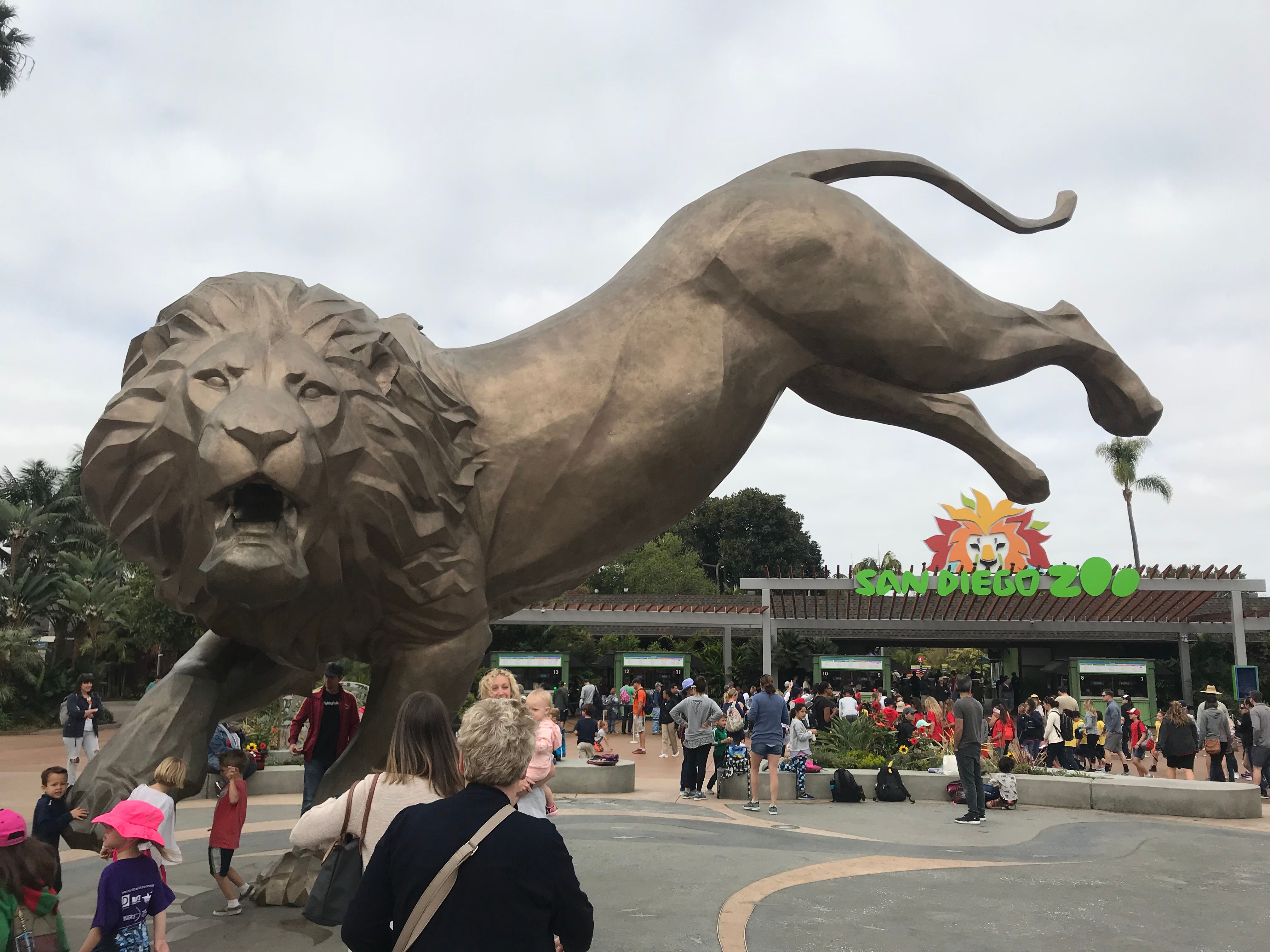
Main Entrance
The zoo is one arm of the not-for-profit organization San Diego Zoo Global. Along with the zoo, this organization operates the San Diego Zoo Safari Park, the San Diego Zoo Institute for Conservation Research, and the San Diego Zoo Global Wildlife Conservancy.
San Diego Zoo Global is committed to saving species worldwide by uniting our expertise in animal care and conservation science with our dedication to inspiring passion for nature. Source
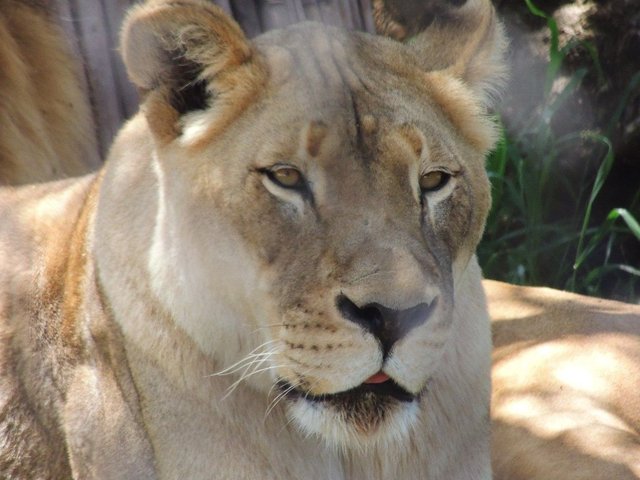
Lioness
The zoo was founded in 1916, just following San Diego’s turn at hosting the Panama-California Exhibition. The exhibition featured a popular display of exotic animals, many of whom were in need of a new home after the event’s conclusion. A local physician, Dr. Harry Wegeforth, took it upon himself to champion the creation of a permanent zoo in the city.
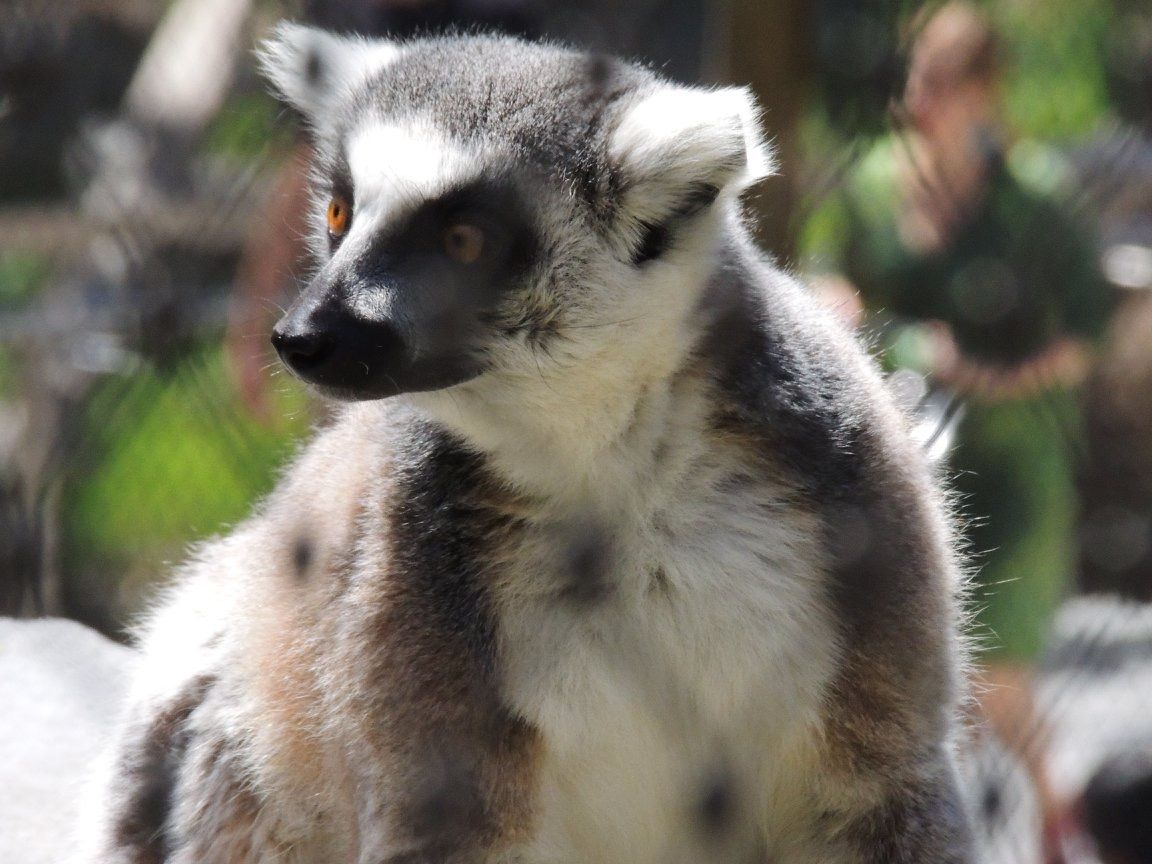
Ringtail Lemur
San Diego Zoo is located just north of the city within Balboa Park. The 100 acre site is home to approximately 3,500 animals representing 650 different species. The zoo is also home to a world class botanical garden. Many of 2 million plants grown within the park (and it’s sister facility the San Diego Zoo Safari Park) are endangered or are propagated to feed specific animals kept at the facility.
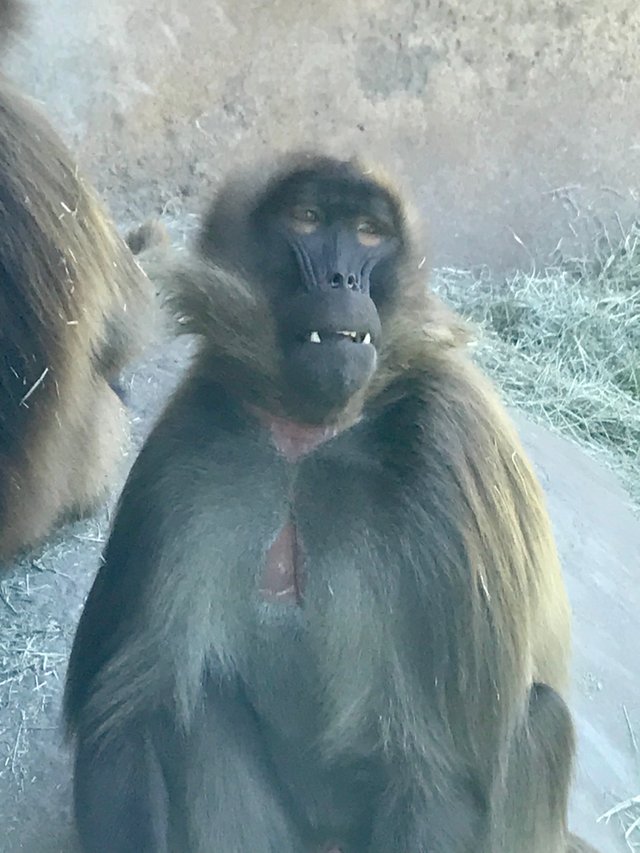
Gelada
One day adult admission to the park costs $54 USD. This includes a guided bus tour, unlimited rides on the Skyfari aerial tram and a variety of keeper talks and presentations. The zoo is built into a steep canyon so the bus and aerial tram help with accessibility.
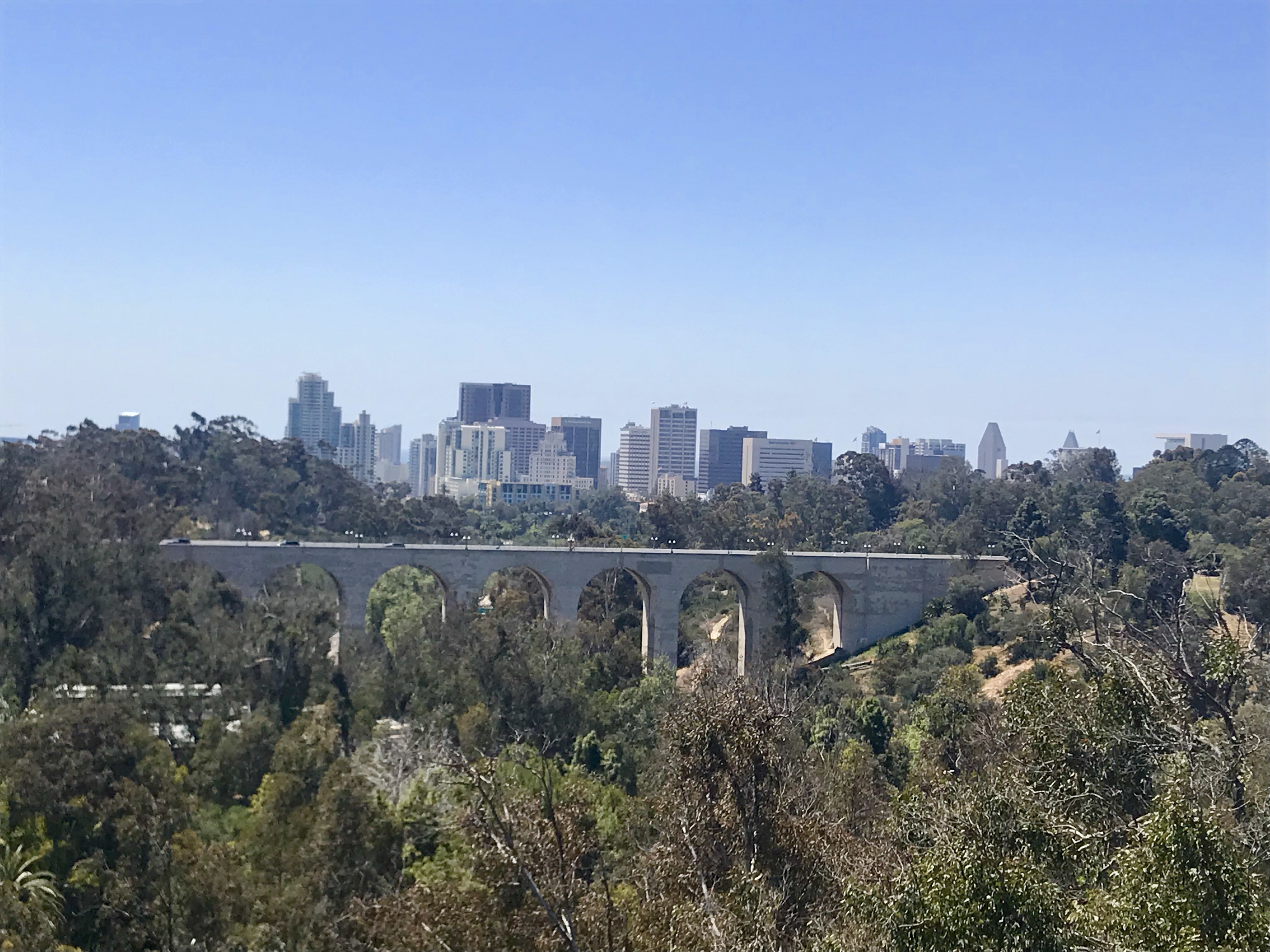
View of downtown San Diego from the Skyfari aerial tram
San Diego Zoo is divided into bioclimatic areas:
- Northern Frontier
- Lost Forest
- Outback
- Africa Rocks
- Asian Passage
- Urban Jungle
- Elephant Odyssey
- Panda Canyon
- Discovery Outpost
San Diego Zoo was one of the first in the world to display animals in “bioclimactic” zones. These zones group animals and plants together who naturally live together in the wild. The enclosures are often moated to eliminate the “caged animal” look. Additionally, exhibits are designed to mimic (as best as possible) each animal’s natural habitat.
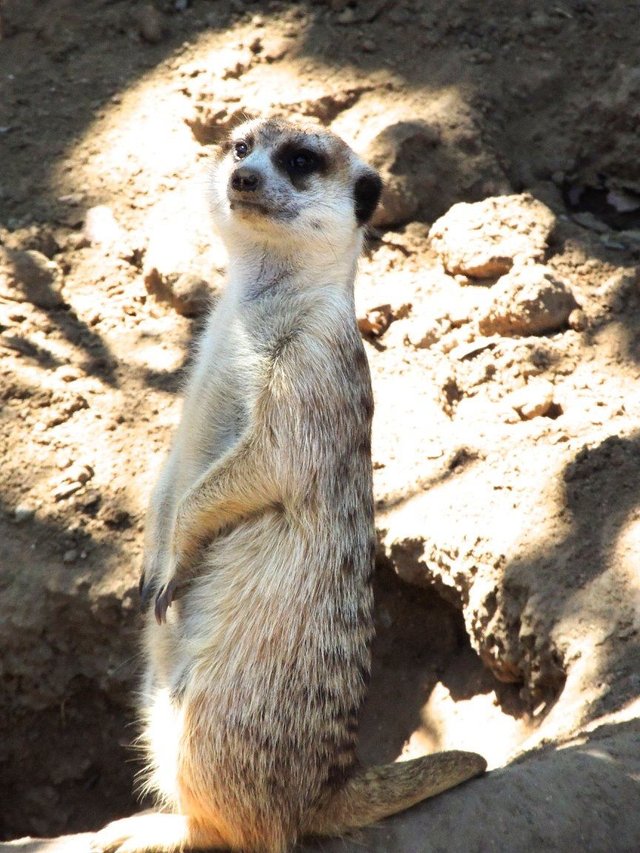
Meerkat
Animals:
Polar Bear
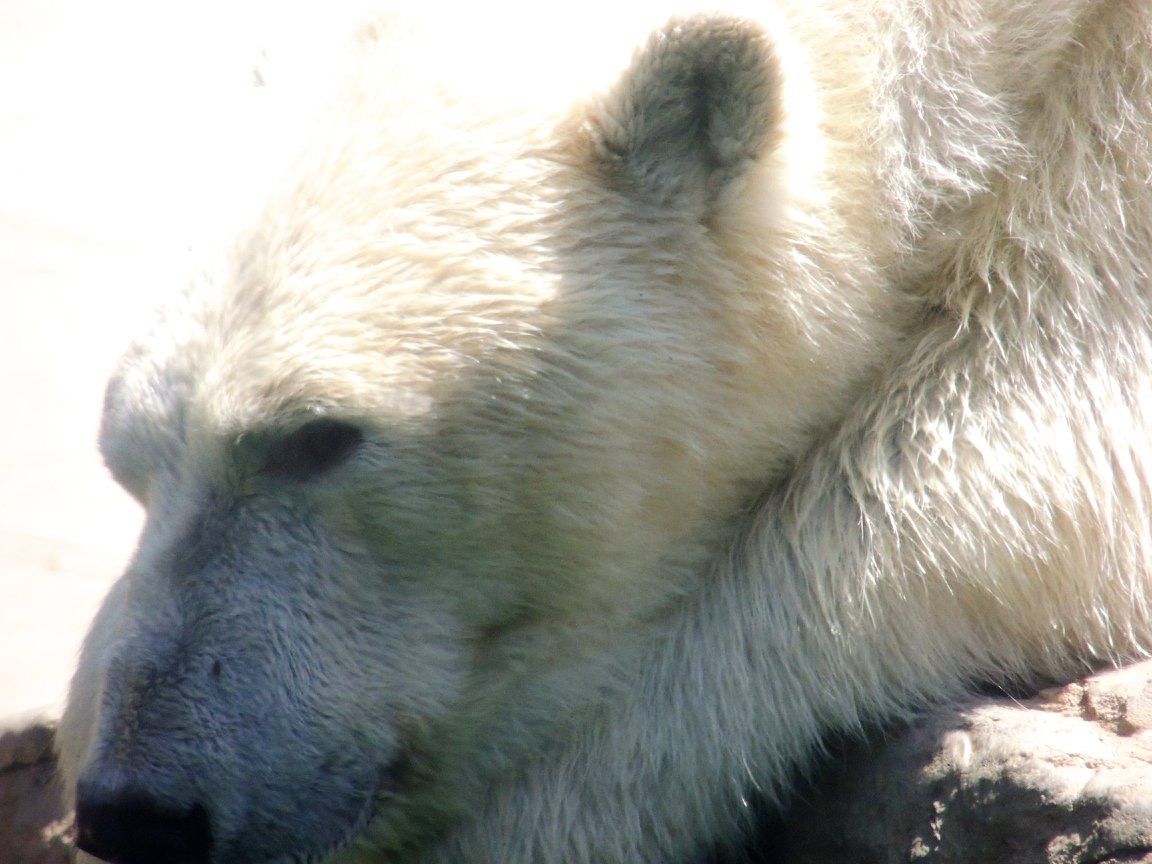
San Diego Zoo is home to three polar bears, Chinook, Kalluk and Tatqiq. Kalluck and Tatqiq are a brother and sister pair. All three bears were brought to the zoo as cubs after being orphaned in the wild.
Fun Fact:
In the wild polar bears are well insulated by a thick layer of blubber. This fat layer protects them from cold arctic waters while the bears hunt and swim. Because the zoo’s bears arrived to San Diego at such a young age, they are acclimated to warmer weather. The young cubs refused to swim in the zoo’s polar bear pool until the temperature was raised to 62F. Keepers have also adjusted the bear’s diets to lessen their blubber layer as it is unneeded in San Diego’s pleasant climate.
Giant Panda
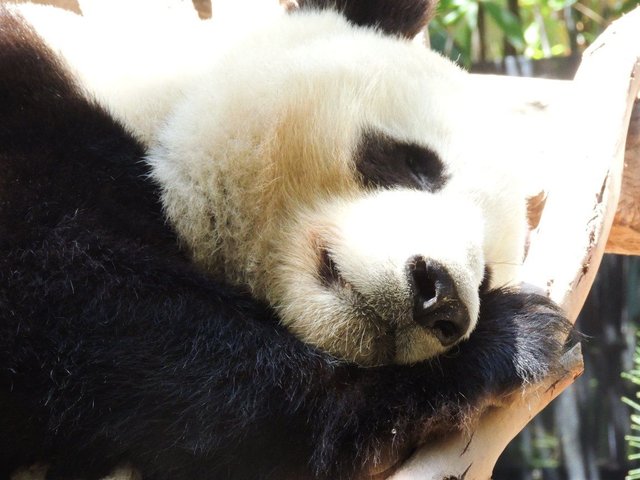
The zoo’s first pandas came to San Diego for a 100 day visit in 1987. In 1996 a panda pair arrived on long term loan from China. The zoo’s first panda cub was born in 1999. Five additional cubs have been born in the years to follow. Today the zoo is home to three giant pandas; Xiao Liwu, Bai Yun and Gao Gao.
Elephants
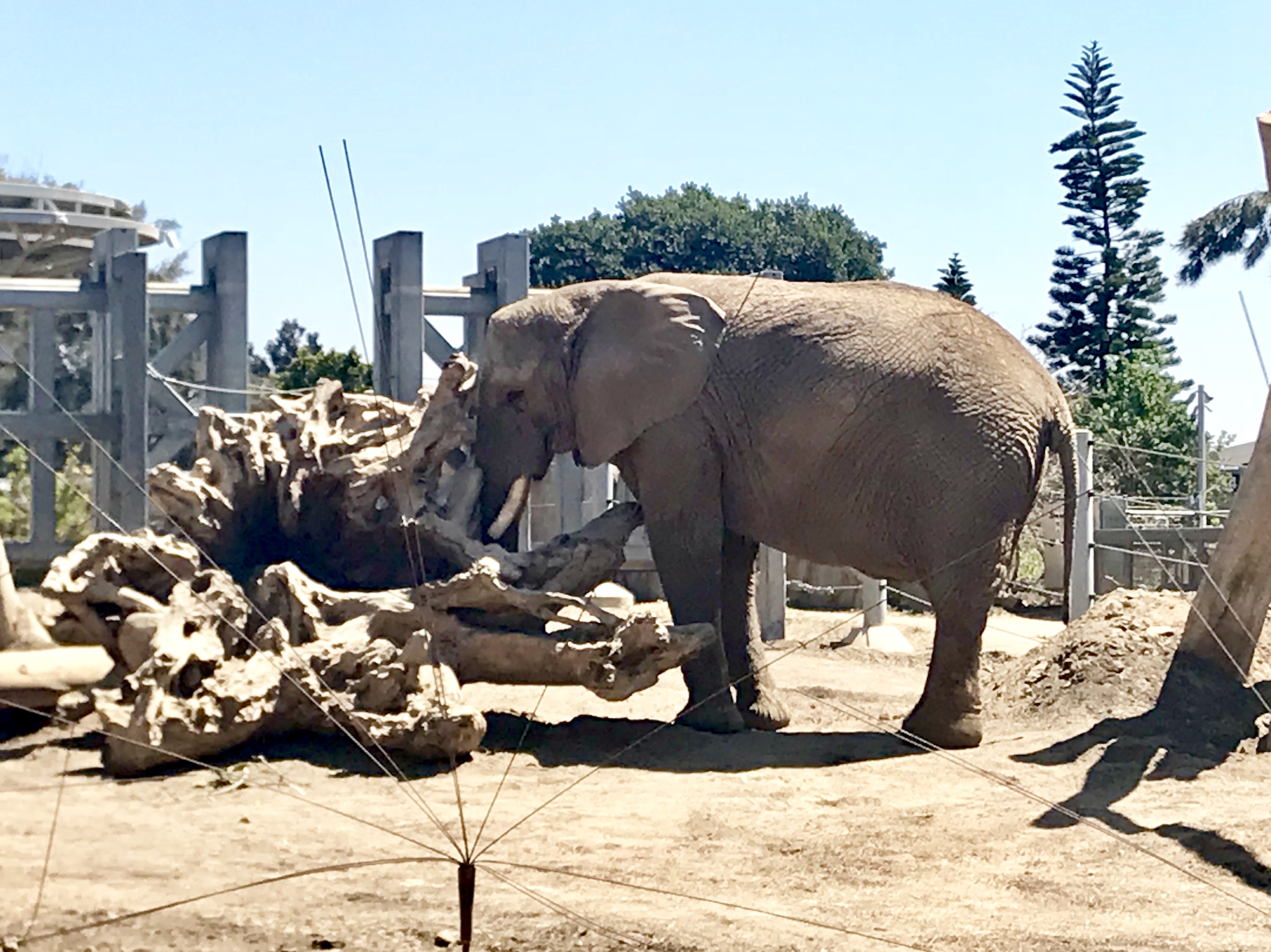
San Diego Zoo is home to four female elephants, two are Asian, two are African. All four elephants are over 40 years old with one being over 50. Since the zoo’s elephants are “geriatric” the two different subspecies are allowed in the same enclosure. If they elephants were younger the Asian and African types would be housed separately.
Koala
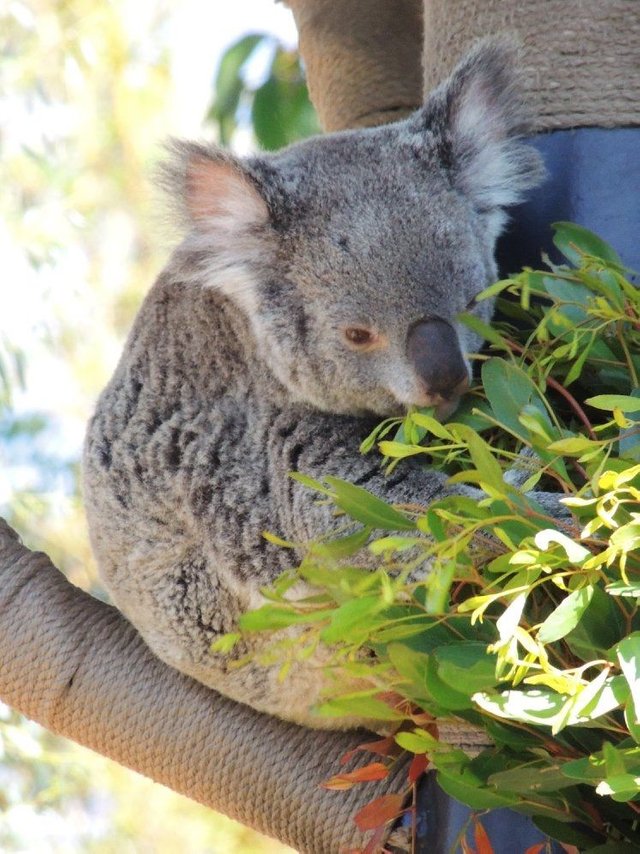
The first two Koalas arrived to the zoo in 1925. The first koala born at the zoo in 1960 was also the first born in the United States.
Cheetah and domestic dog?!
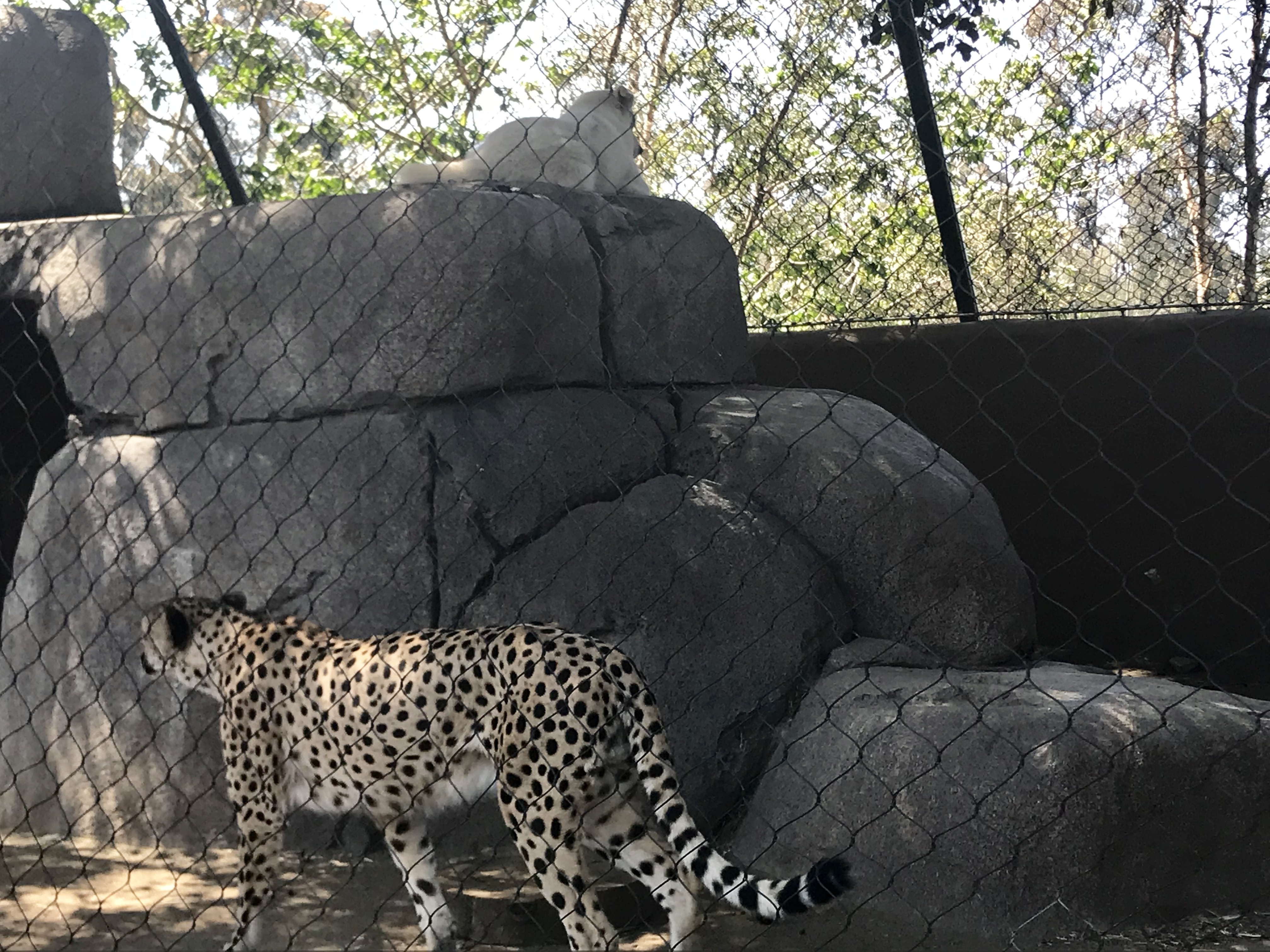
San Diego Zoo runs an animal ambassador program in which keepers facilitate meet and greets between wild animals and people. One wild animal in the program is the cheetah. Cheetah’s are naturally cautious animals. To raise their comfort level for the meet and greets, cheetah cubs are paired with domestic dogs. The dogs teach the cheetahs to feel calm around people. Many of theses cheetah dog pairs become friends for life. One such pair can be seen in the above photo.
Tips
1. Avoid long lines for the aerial tram by walking to the lower stop and riding the tram back towards the park’s entrance.
2. During the bus tour, sit on the right side of the lower deck for the best views.
3. Visit Africa Rocks and Elephant Odessey in the early part of the day as these are the least shaded areas of the park.
4. Arrive early to avoid long lines for the bus tour.
5. Wear good walking shoes. The park is huge and hilly, your feet will thank you.
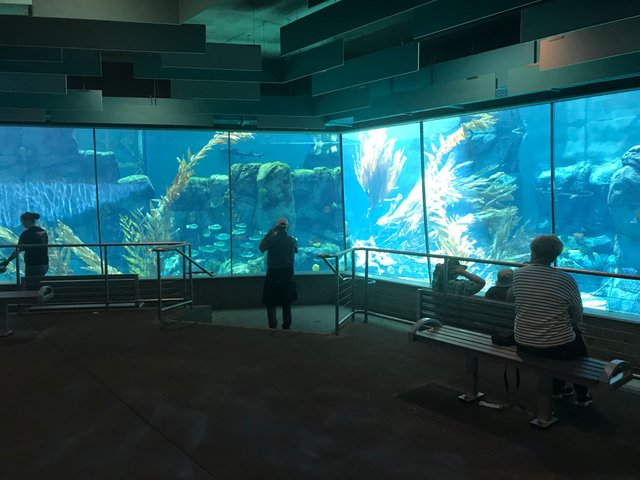
Penguin habitat
I hope you have enjoyed this photographic tour of the wonderful San Diego Zoo.
📸 All photos taken by me. 4/27/2018. 📸
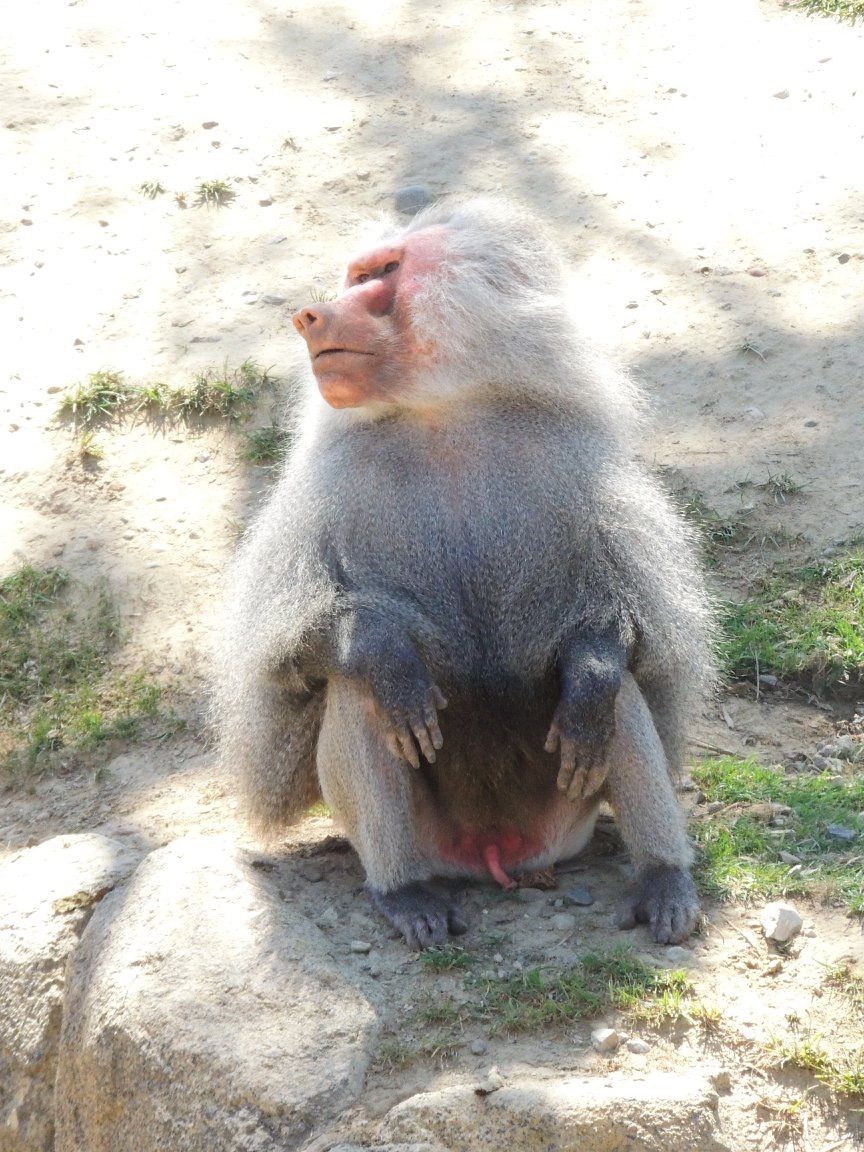
Baboon




I love touristic articles. Great show.
Thank you @ronaldoavelino! Did I hear you are off to Brazil soon? If so, enjoy!
I arrived yesterday but I will come back to Canada on October. Thank you for your good wishes.
The sculpture of the lion looks extremely cool!! Great share (: @dfinney
Apparently it is the largest cantilever animal statue in the world. 😄 who knew that was a thing?
Nice post, I love your pictures. That last baboon looks like he was really HAPPY.
😂. Soooo Happy 🍆🌭
You went as far as writing about the history of these animals in the zoo.... I love this.
☺️ Thanks @sammynathaniels.
Congratulations, Your Post Has Been Added To The Steemit Worldmap!
Author link: http://steemitworldmap.com?author=dfinney
Post link: http://steemitworldmap.com?post=san-diego-zoo
Want to have your post on the map too?
Thank you for your continued support of SteemSilverGold